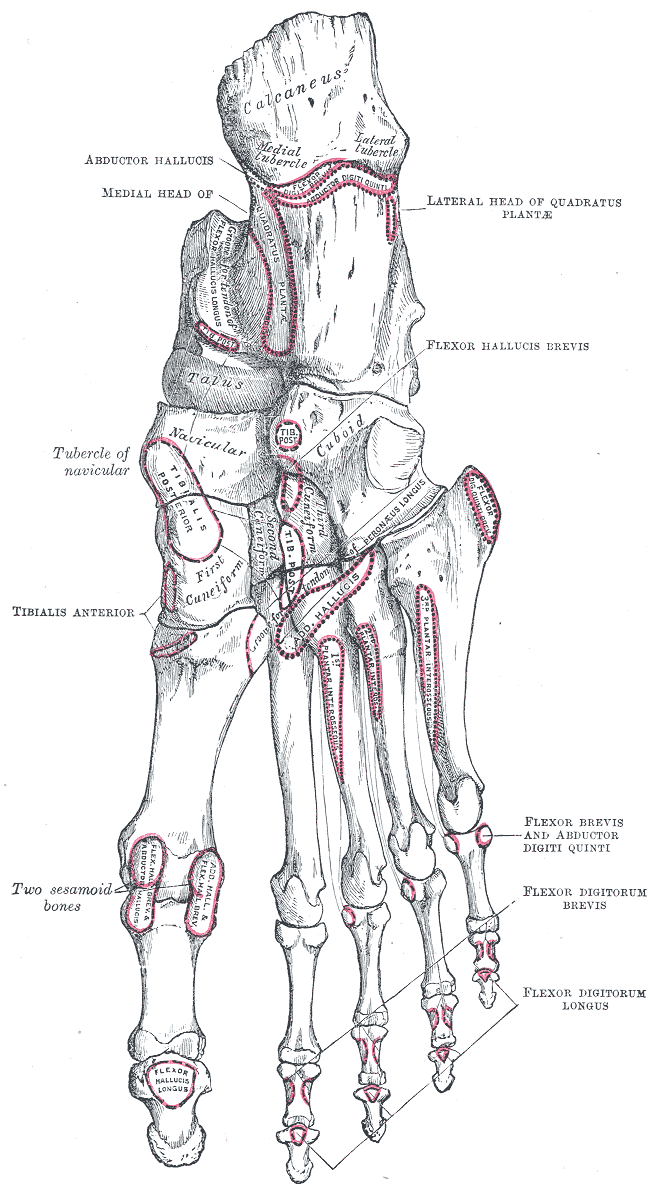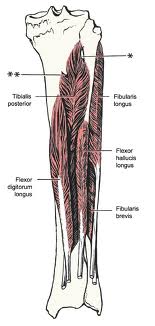Biomechanical and Clinical Factors Related to Stage I Posterior Tibial Tendon Dysfunction. Rabbito M, Pohl MB, Humble N, Ferber R.
CONCLUSION:
The increased foot pronation is hypothesized to place greater strain on the posterior tibialis muscle, which may partially explain the progressive nature of this condition. J Orthop Sports Phys Ther, Epub 12 July 2011. doi:10.2519/jospt.2011.3545.
What the Gait Guys say about this article:
Do these results really surprise us? The Tibialis posterior (TP) is one of the more important extrinsic arch stabilizing muscles. It is a stance phase muscle that fires from the loading response through terminal stance. It ‘s proximal attachments are from the posterior aspect of the tibia, fibula and interosseous membrane and its distal attachments are the undersurface of all the tarsal’s except the talus and the bases of all the metatarsals except the first.
Since the foot is usually planted when it fires, we must look at its closed chain function (how does it function when the foot/insertion is fixed on the ground), which is predominantly maintenance of the medial longitudinal arch, with minor contributions to the transverse metatarsal and lateral longitudinal arches; flexion and adduction of the tarsal’s and metatarsals, eccentric slowing of anterior translation of the tibia during ankle rocker. It is also an external rotator of the lower leg and is the prime muscle which decelerates internal rotation of the tibia and pronation. As the origin and insertion are concentrically brought towards each other during early passive heel lift it becomes a powerful plantarflexor and inverter of the rearfoot. There is also a component of ankle stabilization via posterior compression of the tarsal’s and adduction of the tibia and fibula.
Alas, there is soooo much more than the typical open chain function of plantar flexion, adduction and inversion. Perhaps it is some of these other, closed chain functions, that cause the “progressive nature of the condition”?
We remain…The Gait Guys…Going above and beyond basic function and biomechanics.

















